Segregation was a reality in urban areas from "summary" of The Warmth of Other Suns by Isabel Wilkerson
Segregation was not just an abstract concept in the South, but a palpable reality in urban areas across the country. It was a way of life that dictated where people could live, work, eat, and even use the restroom. In the North, cities like Chicago, New York, and Detroit were no exception to this pervasive system of discrimination. In these urban areas, African Americans were confined to certain neighborhoods, often overcrowded and neglected by city services. These communities were isolated from the rest of society, with limited access to quality education, healthcare, and employment opportunities. Even when they did find work, it was often menial and low-paying, reinforcing their marginalized status in society. During the Great Migration, millions of African Americans fled the Jim Crow South in search of a better life in the North. However, they soon discovered that segregation followed them wherever they went. In cities like Chicago, they were met with hostility and discrimination from white residents who viewed them as competition for jobs and housing. The housing market was particularly brutal for African Americans, who were denied access to white neighborhoods through restrictive covenants and redlining policies. This forced them to live in overcrowded and substandard housing, perpetuating a cycle of poverty and inequality. Despite these challenges, African Americans in urban areas found ways to build thriving communities and support each other in the face of adversity. Churches, social clubs, and mutual aid societies provided a sense of belonging and solidarity in a world that sought to divide and exclude them. In the end, segregation in urban areas was not just about physical separation, but a system of oppression that denied African Americans their basic human rights and dignity. It was a harsh reality that shaped the lives of generations, leaving a legacy of inequality that continues to impact our society today.Similar Posts

The need for solidarity within the black community
In this age of the world, when we are told to be happy and content, and believe that we have attained our highest ideals, it is...

Microaggressions are harmful
Microaggressions are harmful because they are like a constant drip of acid on the skin. Individually, they may seem insignifica...
Our perceptions of family life are often skewed by selective memory and media portrayals
Stephanie Coontz argues that our understanding of family life is frequently distorted by two main factors: selective memory and...

The Great Depression exposed economic inequalities
During the 1930s, the economic downturn known as the Great Depression laid bare the stark realities of economic inequality in t...

Climate change is a threat to future generations
The impact of climate change is not limited to the present moment; it is a looming threat that will continue to affect future g...

Hope for a better future
Hope for a better future is a powerful force that can sustain us through the darkest of times. It is the belief that things can...
